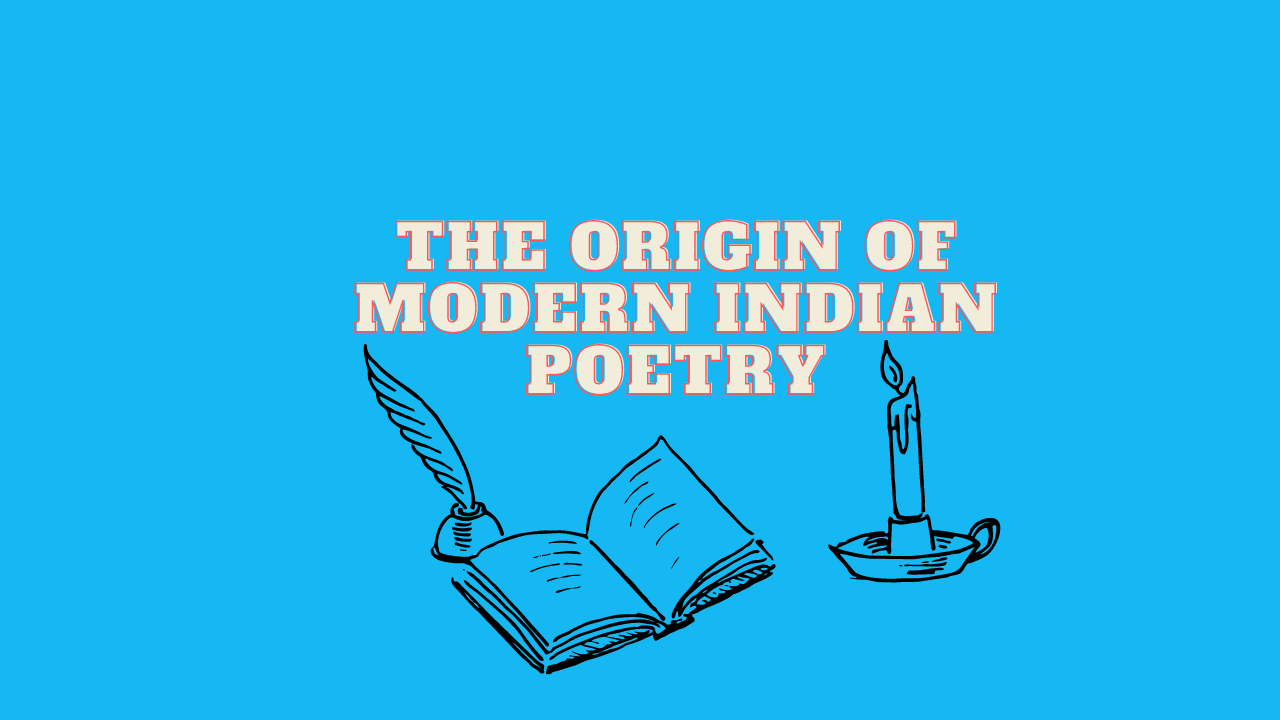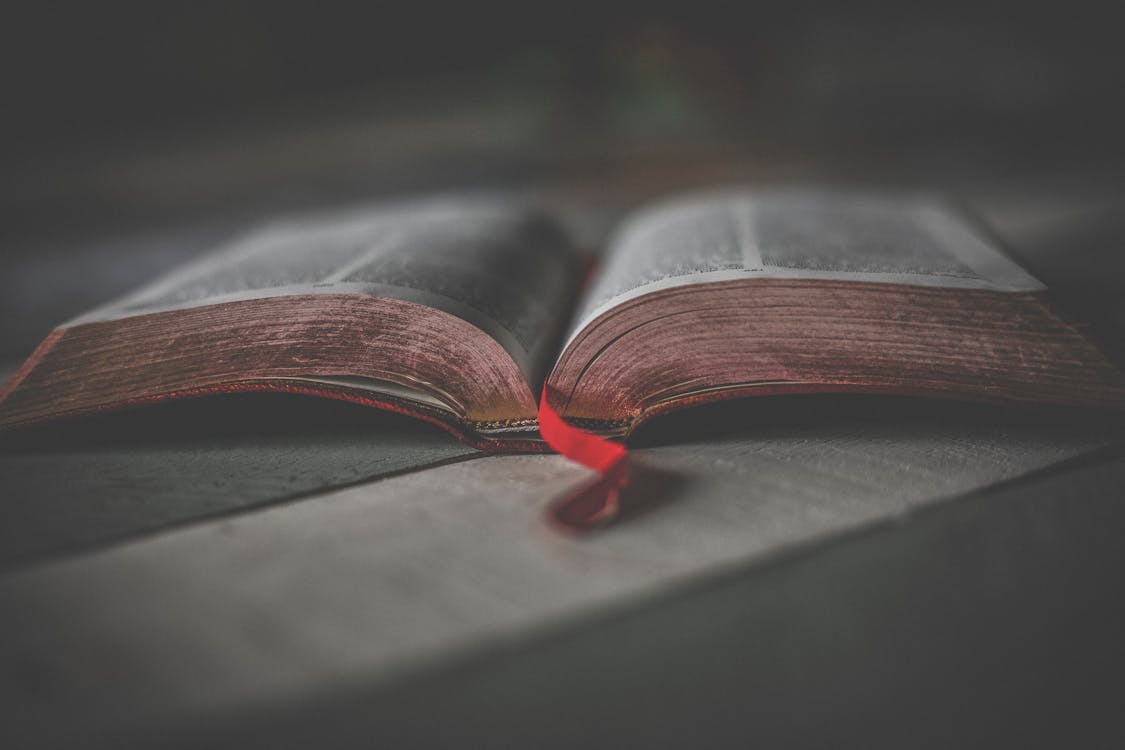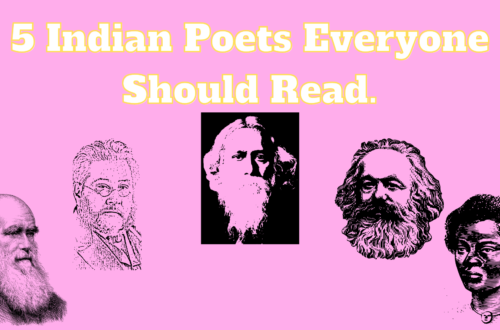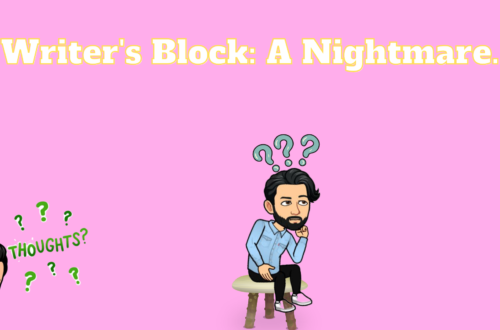
The Origin Of Modern Indian Poetry.
We all somehow are growing to be socially admired. And one of this influential growth in the digital world has brought us to a stage where we all love sharing poetry and relatable quotes. If it’s a Gulzar Sahab reel or it’s a Galib Shayari we share it widely on our WhatsApp status and other social media platforms justifying the crisis of our self. But have you ever questioned the origin of modern Indian poetry?
Indian poetry or to be fair let’s say the Indian literature itself has a huge history to account for. We can date back to the Vedic time for the origin of poetry. It was written and recited by rishis in Vedic Sanskrit, Tamil Odia Bengali Urdu and later in the age in Hindi.
Modern Indian poetry is quite influenced by foreign language literature like English and Persian. Our poetry itself shows the diversity that our country follows. You will be able to find almost all poets around the country speaking and writing in different regional languages. The collection of these poetries signifies the cultural diversity that our country possesses.
Talking about the poetry we know that it is one of the oldest forms of literature and thus it has a rich and strong background. It’s written and recited almost everywhere in the country. Modern Indian poetry is also rich in its background. Its origin is not that historical, the traces of the evolution of this modern poetry could be dated to the 20th century. Modern Indian poetry holds a very intimate sense of expressiveness. The idea of modern poetry was not to situations the objects of observation but to emotionalize the object of observation. Poets in the 20th century moved to touch more of the soul and self-realization aspect of life than too praising and admiring the objects around their prospective vision.
The expressiveness and touch of literature to the large population was the basis of our modern Indian poetry.
The Great Literature Shift in Modern Indian Poetry.
Right after the era of Victorian literature, literary art moved towards an experimental era. Poets and authors started to experiment with their writing. They wanted to stay rooted in the art of poetry but also they wanted to reach the understanding of casual readers and non-readers. Poetry grew in the early 20th century but seems to take a proper shape in the late 20th century. The very key elements of this literary revolution were Rabindranath Tagore, Robert Frost, Anne Carson, and Wallace Stevens.
Modern Indian poetry was trying its best to communicate the rich culture through literature. But to do so they used layman’s language. For example, the song, KAL HO NA HO. It’s a poem sung to make men realize the universal truth of mortality. Or for example, Jaan Gaan Maan the national anthem of India, by Rabindranath Tagore, talks about the richness of the land of India. All these poems are sung in layman’s language and are understandable by everyone just like folk tales. Even you can say that the modern poetry of India was more inclined towards songs. It started its growth through songs and eventually now songs are an essential part of every entertainment genre.
Our indian society was mostly made of people that were not literate and thus in a community of people that has not developed the habit of writing or reading, songs were the most impressive way of mass communication. But this surely did not satisfy the writing community as they wanted to give the pleasure of reading to the masses. With the accelerated use of the printing press and the growth of readers in the country, writers were now able to give visual amusement on paper to the readers.
Rabindranath Tagore formed the very first base for contemporary poetry. He formed a good readers base in Bengali poetry. The young poets of the 1920s saw it more as an escape from their traditional way of poetry and opted for the contemporary art of poems. The change in youth poets formed a huge revolution in literature and brought a change in the theme of Indian poetry. The theme was no more based on the praises of lords of the land but it was more inclined to address the problems of civilization such as inhumanity, myths, dictatorship, and a lot more.
Modern Bengali poetry even had its root in feminism with poets like Kabita Singha, Mallika Sengupta, Sriparna Bandyopadhyay, and many more. These ladies grew their popularity with their writings.

As we know today, modern poetry has grown to be loved by most of our population. And I even did not realize my taste in modern poetry before reading about its growth and fascinating story.
Now I no longer like twitter literature and Instagram two-liners, modern poetry has got my taste for reading for at least the next few months.

You May Also Like

5 Indian Poets Everyone Should Read.
June 30, 2022
Writer’s Block: A Nightmare.
July 18, 2022